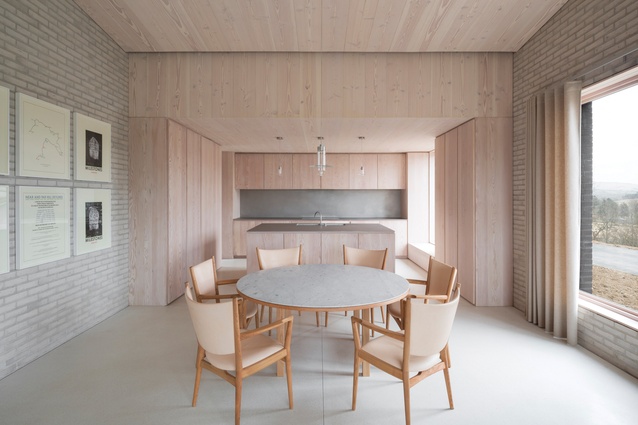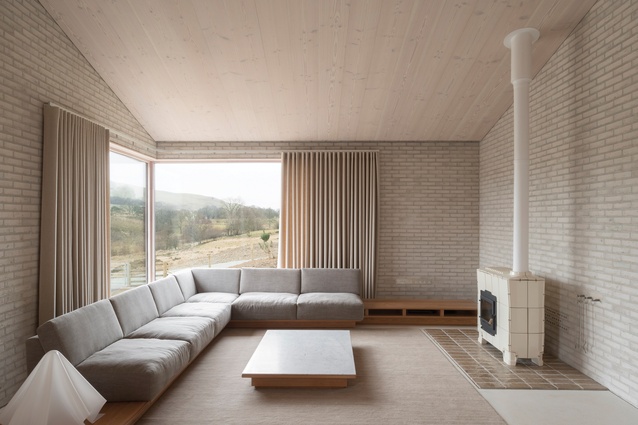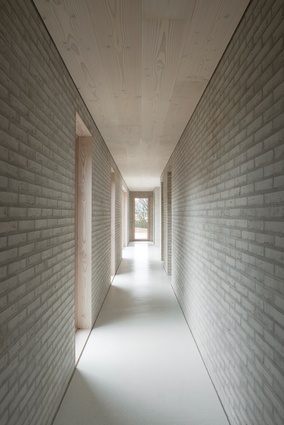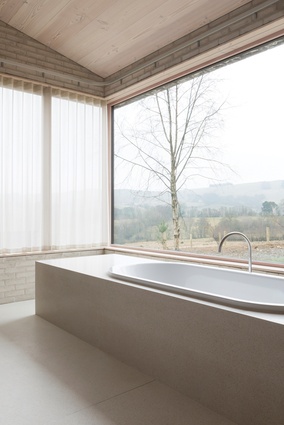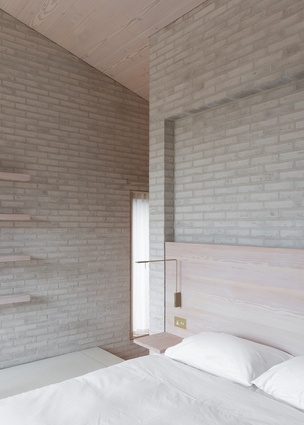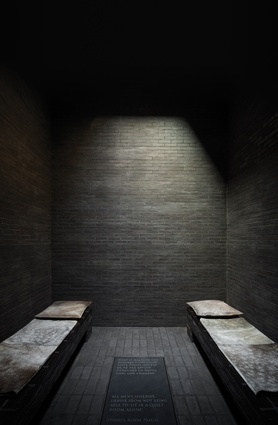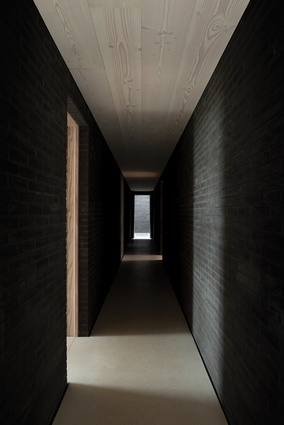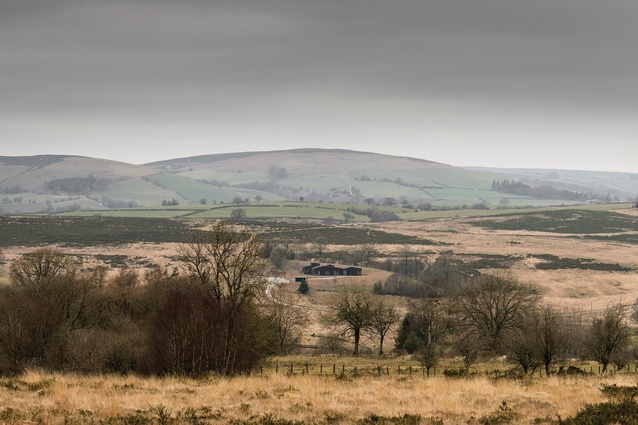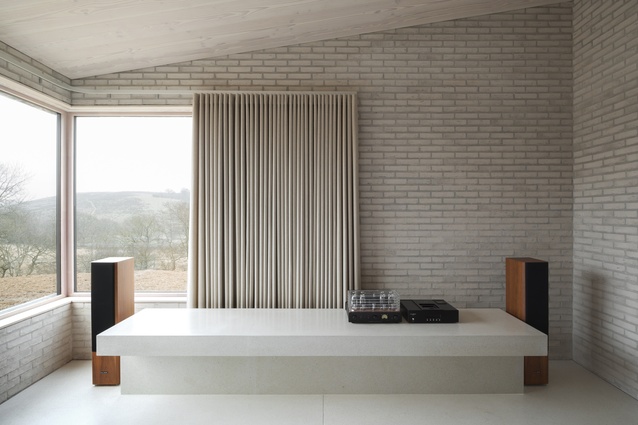Austere elegance: Life House
The work of British architect John Pawson has become synonymous with a specific kind of modern luxury – that of the monastic. His work is refined, often austere and unashamedly monotone. Through the consistency of his architectural palette and his seemingly simple arrangements of spaces, Pawson has become one of the most recognisable architects of his generation.
This spatial brand and its legibility make his work an ideal addition to a collection of architect-designed holiday homes marketed by Living Architecture (LI, accommodation for those who wish to retreat on a distinctly architectural holiday).
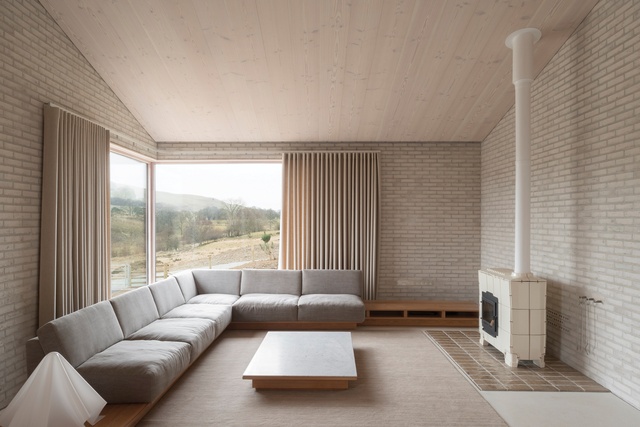
The holiday homes are more than rented baches. Designed by innovative architects like Dutch firm MVRDV and Scottish firm NORD, as well as contemporary artists like Grayson Perry, they offer a chance to live for a short while in a distilled version of an architect’s ideas. Each building is symbolic of what makes the architect’s work iconic and unique, packaged up into a consumable experience.
Pawson’s consistent aesthetic is demonstrated clearly in his addition to the LI collection. The Life House is an elegant and gently refined house in mid-Wales, near the diminutive town of Llanbister. The architect designed the home, drawing not only on his substantial oeuvre but also on the thinking of philosopher Alain de Botton (author of, among others, The Architecture of Happiness and the brainchild behind LI), the architecture of Benedictine monks and contemporary Japanese residential architecture.
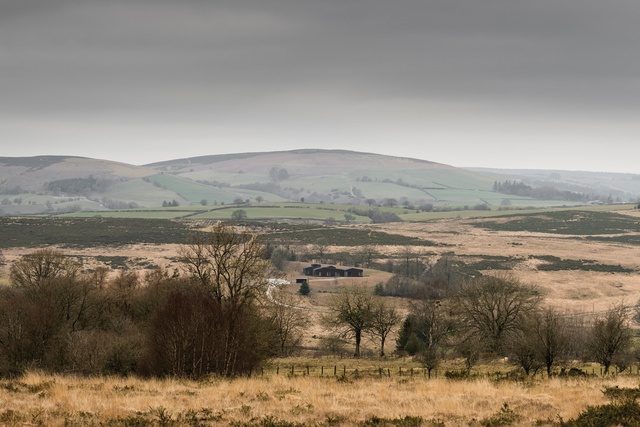
The exterior of the house is clad in dark timber and references the vernacular gabled forms of the region. As a dark series of blocks, it sits within the morose landscape as a moody but not wholly original form.
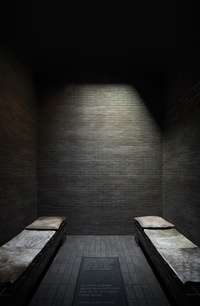
As is the case with many of Pawson’s projects, it is the interior which is really special. The pale white bricks complement whitewashed timber ceilings, white concrete floors, pale sisal rugs and linen curtains. They are uncompromising in their muted appearance, meaning that one searches for further colour in the landscape framed by the large glazed panels.
It is the variation in textures which makes Pawson’s interior work so well. The smooth face of the bricks is separated by the rough white mortar and supports the gently-blonded timber window sill.
This pale palette of materials continues through the kitchen and dining spaces, as well as into the living room and study. As a stark contrast there are also dark, contemplative spaces in which to retreat. These monastic enclosures are about shaping the way light falls into an interior.
The darkness of the materials here allows us to appreciate the quality of the natural light admitted through the single skylight. In these spaces the brick changes to a dark grey and the furnishings transform to weathered leather and black stone. There is something slightly catacomb-like within these silent spaces.
The planning of the house enables these dark spaces to be separated from the bright living quarters effectively. A long corridor with a single right-angled bend connects all of the areas. As the building bends back on itself a small courtyard is created and shelter is formed in the landscape.
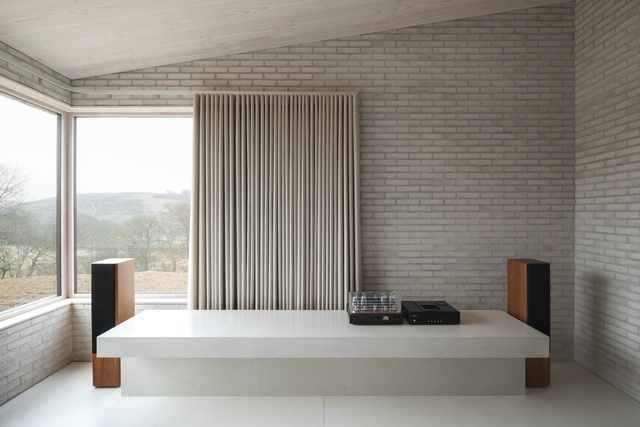
This way of separating out the spaces forces us to think about the different activities undertaken in each space as distinct. It also allows views from one finite interior into another through the outdoor spaces.
The design lives up to everything one might expect in reliable fashion. It is carefully composed and beautifully detailed. What is surprising, though, is that it achieves this without diminishing the architect’s approach to a simple roll-out of the same old tricks. It does seem that, in this example, elegance and clarity of design are timeless.

